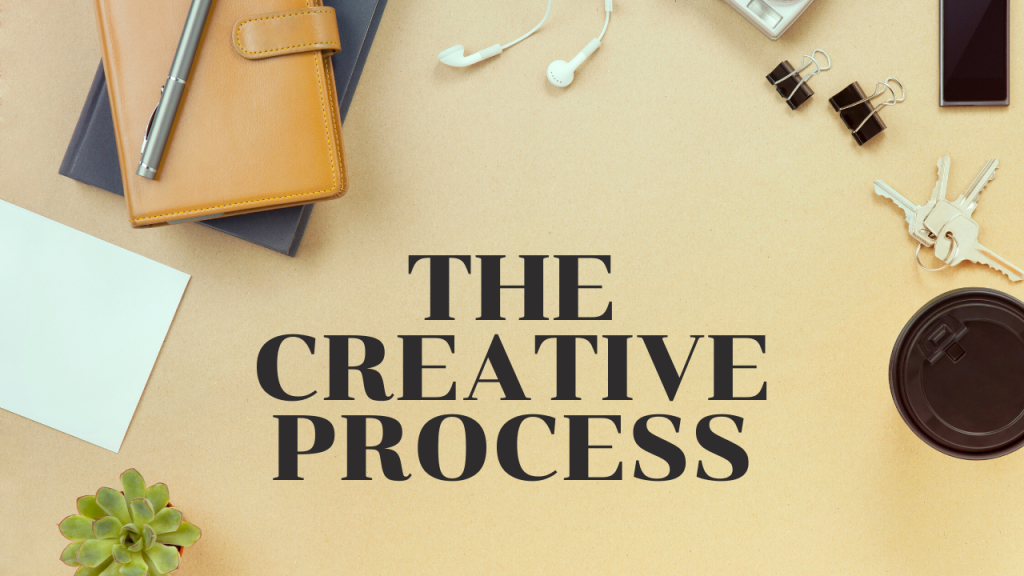“With our Roman rhetorical knowledge, we too can sway our audience, and therefore increase our success. ”

Rhetoric is the art of effective or persuasive speaking or writing, When understanding rhetoric, the best historical figure to refer to is Cicero, who is probably the most influential writer when it comes to rhetoric. Here, I will discuss the tips and tricks we can learn from Cicero’s five canons of rhetoric and apply them to today’s professional world. Here are the five canons in a nutshell.
Inventio: Systematic search for arguments.

As Aristotle once defined, the invention involves discovering the best available means of persuasion. Here is a strategy I recommend: brainstorm ideas on what you are going to say and how you are going to say it. Brainstorming ideas will maximize your persuasion.
During the inventio phase, it is also crucial to know your audience and what you want to accomplish with your audience. Understanding who your audience is will provide the foundation of how you should go about selling your idea. For example, a real estate agent’s goal is to have clients buy and sell homes. The question then remains, how to sell your clients on the perfect home? Aside from the three forms of persuasion, ethos, pathos, and logos, it is vital for a real estate agent to know who they are selling to. By understanding the background of their clients – likes and dislikes, why they are looking for a new home – the real estate agent can then brainstorm ideas (inventio) and layout a base foundation (or map) on an approach to selling a home or finding the perfect home.
In sum, Inventio will provide the groundwork for how you want to share and persuade your idea. Inventio is the most critical level of persuasion. because it is the beginning of ideas, how to persuade your ideas, and most importantly, understanding your clients and why they should be persuaded. Inventio allows for a personal transaction of understanding between the speaker and the audience. How do you think Cicero became so famous? Once you have these fundamentals down, you can move on to the second level, Dispositio.
Dispositio: Organization of arguments

With Dispositio, the goal to remember is announcing your subject or the purpose of your speech with the intent to persuade. Remember, Dispositio is the crafty organization or arrangement of arguments. To have a crafty arrangement is to immediately grab your clients attention. Once you have their attention, persuasion becomes much easier. One way to captivate your audience is by arranging your persuasion with a story. Take Insurance commercials for example. The goal for insurance commercials is, of course, to sell insurance. We see the story element in all the commercials. They implement all the elements to a story: Who, What, When, Where, and Why. Taking the 5 W’s they create a story that hooks your attention and in the end, connect your emotions to the commercial, and ultimately persuade you to buy insurance.

A book I recommend to help create a story through persuasion is, “Made to Stick,” written by Cheap and Dan Heath. In summation, this book offers incredible insight into the anatomy of ideas and why they stay. Arranging a captivating story for your clients is the beginning of success and a keynote in persuasion. After arranging your persuasive speech, we need to add some finesse: elocutio.
Elocutio: Mastery of stylistic elements

The one thing to remember when it comes to elocutio is style. How do you add style to your speech? Well, if you know your audience, I recommend breaking the language barrier with colloquialism. Nothing makes a client more comfortable when the same tongue is being spoken. Mind you, colloquialism and slang are two different things. We want to finesse our speech with comfortability and professionalism. In other words, make sure when delivering your persuasion, you also implement correctness, clarity, common language, and choice of persuasion- ethos, pathos, or logos.
One of the prime examples I think of is sales associates in the retail industry. Being a previous associate, I can certainly vouch that our training was indeed persuasion. In other words, it was our job to get the customer to buy our product, and what better way to persuade customers than adding heavy adjectives (style) to our language. During your conversation with your client, take the time to understand their interests, likes, and dislikes, where they grew up, etc. Creating that personal transactional relationship, while also inserting casual language ensures the sale. Consumers want to feel welcomed, they want to place their trust in someone they know, and when you are implementing persuasion it is best to do it with simplified language. Finally, we have memoria and pronunciatio.
Memoria and Pronunciatio: Art of Memory and Delivery
A key tip to remember: if you can commit your speech to memory, your delivery becomes more powerful. In other words more impact and an increase in persuasion. Take defense attorneys for example. “How to Get Away with Murder,” starring Viola Davis, shows a perfect example of persuasion through memory and delivery. It is not only a defense attorney’s job to defend their client, but also to persuade the jury to believe the defense is innocent.
The way to do this, of course, is to first commit the speech to memory. Afterward, it all comes down to how you will deliver your speech. Which approach will you take, i.e. the logical, emotional, or credible? The memorization aspect allows the defense attorney to deliver emphasis on certain parts of the speech, pauses for effect, and direct eye contact with the jurors.
Research your idea (inventio)+ Arrange your idea with a story (Dispositio)+ Get Personal with your Client = Memory/Persuasion (rhetoric).
Follow these five levels of rhetoric, and I guarantee your persuasion game will be secure.
AirSend is a versatile digital workspace to share files, send messages, and complete tasks. See how AirSend can help you here.
2 Replies to “The Art of Roman Rhetoric Applied to Everyday Usage”